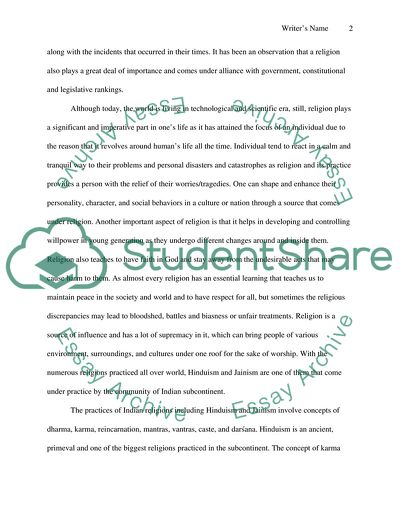Cite this document
(Main Principles of the Distribution of Wealth Research Paper - 1, n.d.)
Main Principles of the Distribution of Wealth Research Paper - 1. Retrieved from https://studentshare.org/religion-and-theology/1752706-distribution-of-wealth-in-the-jian-and-hindu-religions
Main Principles of the Distribution of Wealth Research Paper - 1. Retrieved from https://studentshare.org/religion-and-theology/1752706-distribution-of-wealth-in-the-jian-and-hindu-religions
(Main Principles of the Distribution of Wealth Research Paper - 1)
Main Principles of the Distribution of Wealth Research Paper - 1. https://studentshare.org/religion-and-theology/1752706-distribution-of-wealth-in-the-jian-and-hindu-religions.
Main Principles of the Distribution of Wealth Research Paper - 1. https://studentshare.org/religion-and-theology/1752706-distribution-of-wealth-in-the-jian-and-hindu-religions.
“Main Principles of the Distribution of Wealth Research Paper - 1”, n.d. https://studentshare.org/religion-and-theology/1752706-distribution-of-wealth-in-the-jian-and-hindu-religions.


